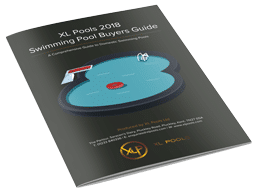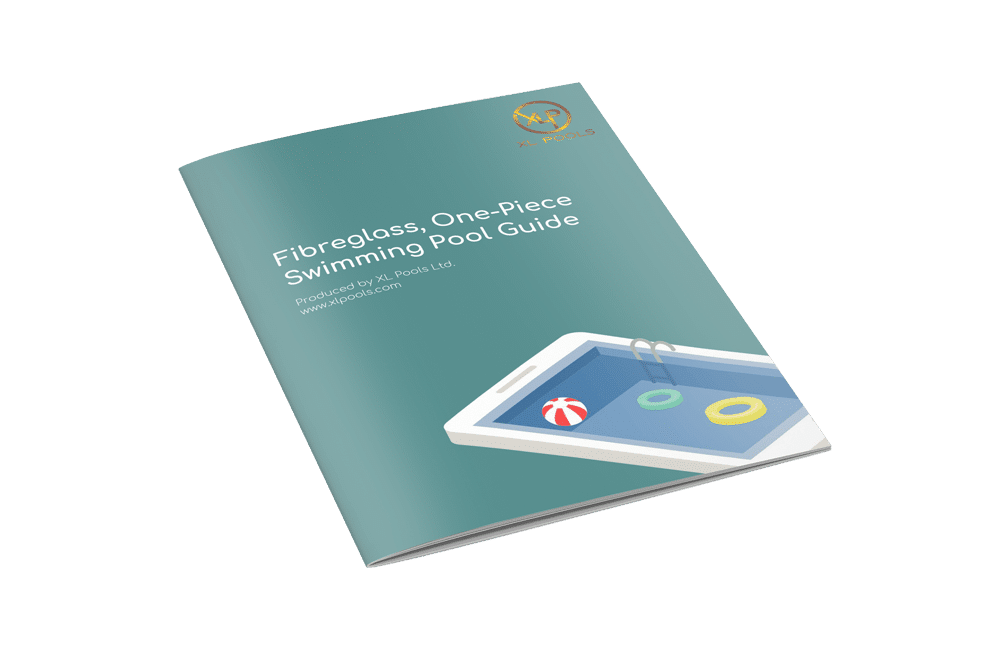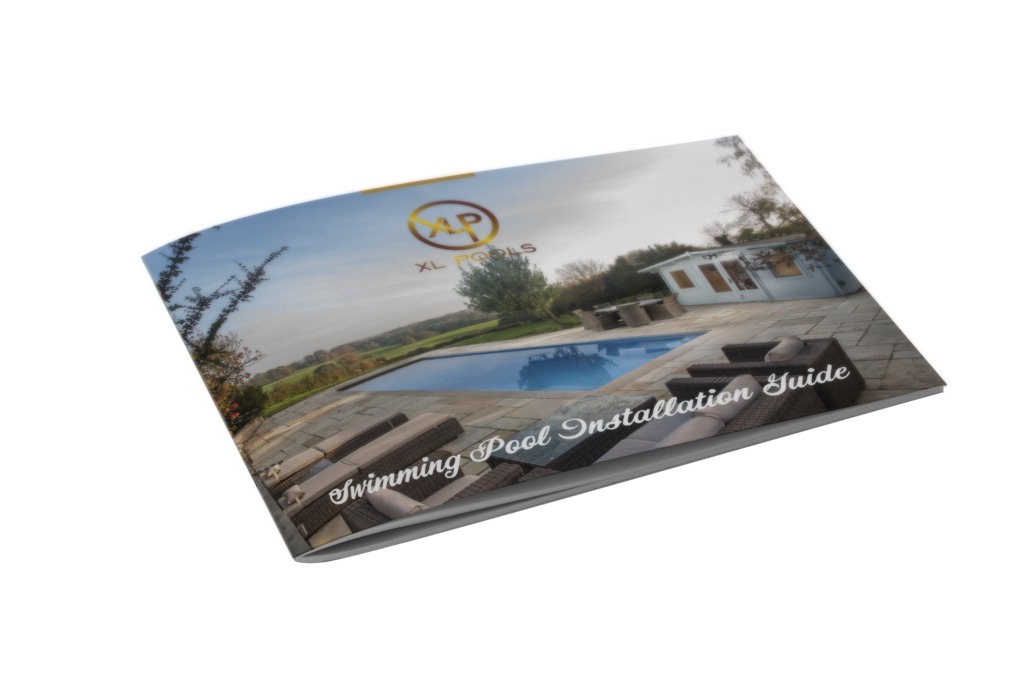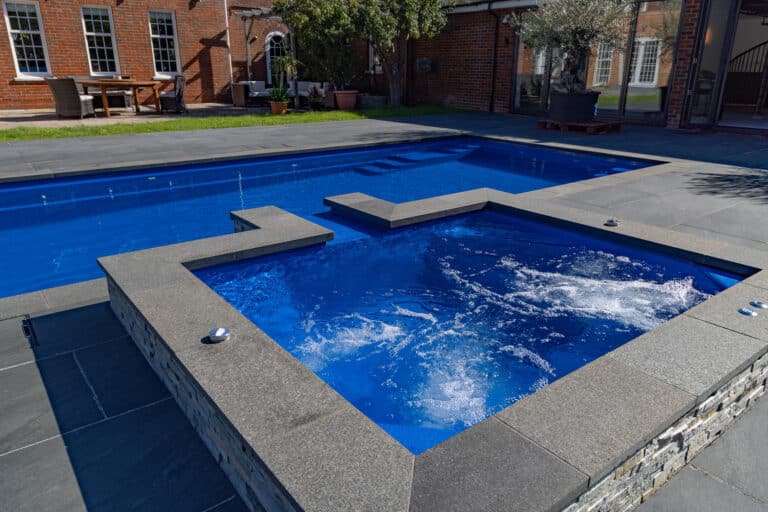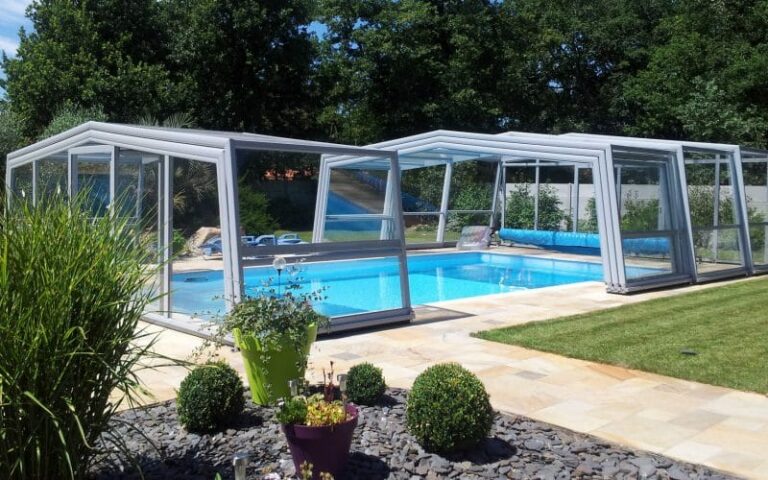Pea soup, not an attractive dinner and defiantly not an attractive colour of water for your pool. The fact is that a green pool is a challenge most pool owners come up against from time to time. Luckily, with a bit of work you can get your pool crystal clear again in no time.
A green pool is caused by algae growth in the water which has been allowed to grow in your pool. This may have been over the winter while to pool was shut down or perhaps due to a lack of chlorine or other chemical imbalance.
Luckily cleaning doesn’t require much more than a few chemicals and a bit of elbow grease to fix. Depending on the severity of the algae growth the rectification can take from 2-5 days to completely clear.
Steps to Clear a Green Pool
- Test the Water
For this you will need to use either test strips or a pool test kit. We need to test your chlorine and your pH levels which will show us the severity of the problem. Remember we ideally want a chlorine level between 2-4ppm.
- Balance the Pool Chemistry
Testing the pH level will show us whether we need to reduce or increase our levels. We need to bring the pH level to 7.8. This is higher than your usual working range which is necessary when clearing algae from your pool.
- Check Your Filtration
We need to make sure that your filtration is in the best possible health to clear the pool. Firstly we need to remove any debris from the pump filter. Turn the pump off and remove the pump lid. Remove the filter basket and empty it. Replace the basket and lid. Next we will want to backwash the filter. Turn the multiport to backwash and switch the pump on. We need to run the backwash for around 3 minutes. Once you have done the backwash, turn the pump off and switch the multiport valve to rinse. Run the pump again for 30 seconds then turn the multiport valve to filtration.
It is important at this time to turn your pump on to constant to make sure it runs 24 hours a day during the cleaning process.
- Brush your pool
Next we want to scrub the walls and floor of the pool to try and kick up the algae that has rested on the surfaces of your pool. Attach your brush to your pool pole and get to work. Methodically work your way around the pool brushing the floor first and then the sides. It is important to try and make sure the brush touches every surface on the pool. By doing this you will be able to break up all the algae that has clung to the surfaces giving the chemicals we will adding shortly. Spend some time on this job. It will pay dividends later down the line.
- Shock the Pool
Shock contains very high levels of chlorine that will help kill the algae in your pool quickly. It is likely that if your pool is very green you will need to shock your pool multiple times. To shock your pool, get yourself a bucket and fill with pool water. Next pour in 1kg of shock granules into the water and using a wooden baton or spoon, stir the mixture till it is fully dissolved. Next take the bucket and pour the shock treatment while walking the perimeter of the pool. Any residual granules at the bottom of the bucket can be re-dissolved in more water from your pool.
You will likely find the pool will now go very cloudy. Don’t worry! This is the shock chlorine doing it’s job! Ensure you have the filtration running and the shock will run through your filter and begin to clear.
- Backwash Regularly
As the bacteria and algae dies it needs to be removed from the pool. Your sand filter is the placewhere a lot of this happens. It is good to backwash the pool at least once a day to clean the sand so it can go on capturing more dead bacteria.
- Vacuum the Pool
Use the brush again to sweep up any stuck on algae that may still be clinging to the walls and floor, then attach your manual vacuum and start methodically working your way around the pool cleaning up all of the algae and dust on the pool floor. You may find that the effectiveness of the vacuum gets less and less. This is because your sand filter is getting full. Simply take a break from vacuuming and backwash the filter again. Once done, get back to vacuuming until the pool is clear.
- Continue to shock (if Required)
Although your pool is crystal clear and looking inviting now, do keep an eye on the pool for the next 48 hours and make sure the algae doesn’t return. If it does, shock the pool again and monitor again.
- Final Water Test
Once your pool is clear and completed, check your chemical levels and make any adjustments that may be required before you allow anyone to jump in.
Summary
Green pools can be a frustrating part of pool ownership. This guide should help you to get your pool back to health quickly and efficiently. It does require a bit of elbow grease but the hard work will pay off when you can enjoy your pool on those warm summer days.

